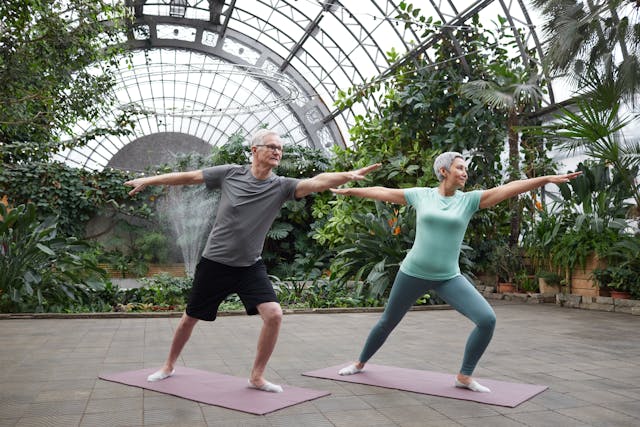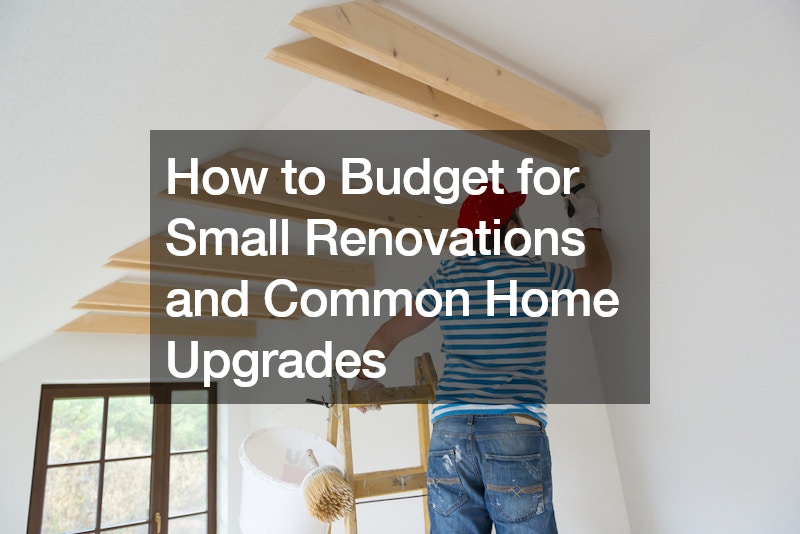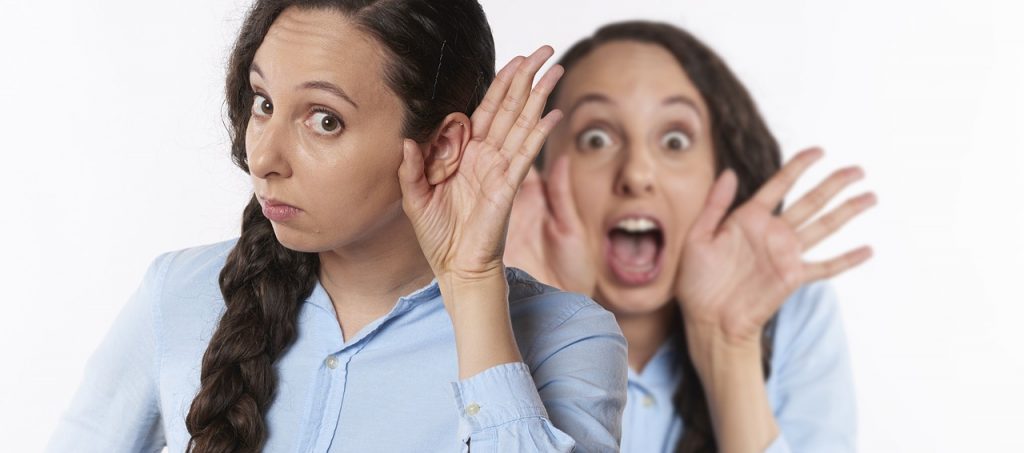Our home should be a haven where we can rest and recover our energy. However, a lot of people go through their lives without fully understanding the connection between our health and our house.
Since it is where we spend most of our time; it does directly affect our well-being. From being our primary shelter from the elements to where we prepare our food and spend our waking moments, we tend to be unaware of external and health hazards inside our own home.
Your House Might Be Unhealthy or Hazardous
Whenever we think of renovating our houses, we often choose aesthetics and comfort over practical ideas. And it is understandable: we tend to place comfort and the look of our home over preventive issues since we don’t immediately see the dangers.
However, dangers do indeed lurk around the house, sometimes closer than you think. For example, fires caused by electrical devices are responsible for 51,000 fires annually. This causes billions in property damage, and even worse, it can take lives. Another smaller but still considerable example is the presence of toxic chemicals found in chemical-based cleaners. You might not be aware that you’ve been cleaning your house with cleansing agents that can exacerbate asthma or might even contain carcinogens.
Safety Begins with Design
Of course, prevention will always be better than cure. This is also true in architecture, especially if you want to design your house to be safe for very young children or even the elderly. While it’s still feasible to make improvements to your home if you have the chance to design with safety in mind, go for it.
Some important points to consider when design (or redesigning) a house for safety are:
- Avoid narrow passageways. Make sure that a hallway can at least 2 people can fit shoulder to shoulder. This will allow easy exit in case of fires.
- Install custom railings adjusted to height. The last thing you want is your kids falling over the second floor because you thought low railings were aesthetic. Always be careful when choosing something beautiful but impractical.
- Use Anti-Slip on Surfaces. Stairways, ladders, or even elevated areas are common locations where people can slip, trip, or fall. Prevent this by using anti-slip surfaces or handrails nearby.
Keep the Dust Out
Many people are allergic to dust, and even if you aren’t, it’s still very annoying and is a health hazard. Dust can cause sneezing, hay fever, or even asthma attacks, among many other things. Dust can also make ventilation worse, and lack of proper ventilation can lead to a myriad of health hazards, including mental ones like sick building syndrome or cabin fever.
Make it a habit to dust your house weekly, it’s something that most of us already do but knowing more about it can help put the act into perspective. Better yet, dust your house every day; you’re increasing the frequency but you’ll be cleaning for a shorter period. Your house will be more dust-free as well.

Natural Light is the Best Light
Much like plants, natural light can make any room look beautiful. It’s also a great way to get your fill of vitamin D, reducing the risk of many diseases, including cardiac problems, different kinds of cancer, and even bone loss.
If you live in an apartment or condominium with little access to natural light, worry not. There are many ways to take advantage of even little sunlight: by using mirrors. You can place mirrors in front of windows to increase the perceived depth of the room, spreading sunlight at the same time. This can make your room feel bigger and seem like sunlight is lighting the whole area.
Childproof and Pet-proof Your Home
If you have kids or pets, then you know how curious they can be. They access areas we initially thought they can never access, they open cans and bottles they shouldn’t open, and generally have a disregard for safety and house rules.
Because of this, it’s best to child-proof your home by using safety locks on cabinets and drawers where you store dangerous items (like cleaning chemicals, knives, etc), and putting covers on wall sockets.
Put Some Plants
There’s been a recent trend of decorative plants, and it seems like it’s not a bad trend after all. Not only do plants improve the natural feeling of a room and can help our eyes rest, but they also produce oxygen for us to breathe and absorbs the carbon dioxide we exhale.
House plants do not only help us breathe better, but they’re also reported to increase productivity up to 15%, reduce stress, improve concentration, and even improve your mood. There’s a litany of benefits to owning a plant, and while they do require some taking care of, the benefits far outweigh the cons.







